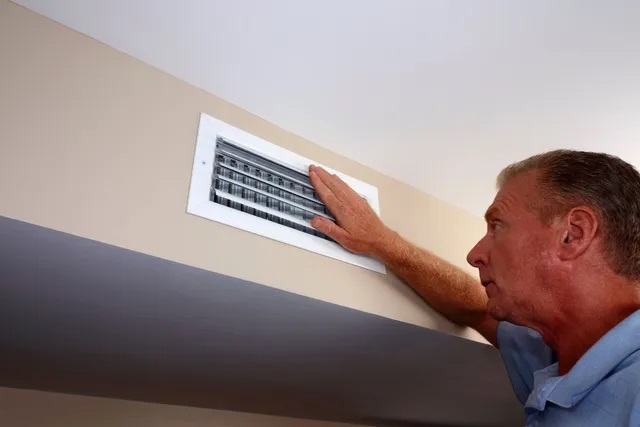Proper airflow is crucial for maintaining a comfortable and healthy indoor environment. However, airflow issues can disrupt the temperature balance, cause discomfort, and even affect air quality. In this blog post, we will discuss common problems with airflow in homes and provide troubleshooting solutions to help you improve airflow and create a more pleasant living space.
Identifying Airflow Issues:
Before diving into solutions, it’s important to identify the signs of poor airflow:
- Uneven temperature distribution throughout your home
- Stuffy or stagnant air in certain rooms
- Weak or no airflow from vents
- Excessive dust accumulation
- Lingering odors
By recognizing these indicators, you can pinpoint areas that require attention and take appropriate measures to improve airflow.
Engaging AC Repair Services:
While effective DIY troubleshooting methods can help improve airflow, certain situations require professional attention. For instance, if the airflow issues persist despite your best efforts, or if you notice more serious signs such as unusual noises or leaks from your AC unit, it’s time to turn to the experts. If you’re in the Sandy area, consider hiring experts in AC repair.
Skilled technicians from AC repair services in Sandy are well-equipped to diagnose and fix diverse AC problems, ensuring optimal airflow and a comfortable home environment.
Their in-depth knowledge and experience make them a reliable choice for addressing all your AC-related needs. Remember, consistent maintenance and timely repair from professionals can significantly enhance the efficiency and lifespan of your AC system.
Troubleshooting Solutions for Improved Airflow:
- Check and Clean Vents and Registers: Clogged or dirty vents and registers can restrict airflow. Regularly inspect and clean them to remove accumulated dust or debris.
- Ensure Proper Furniture Placement: Furniture-blocking vents can obstruct airflow. Rearrange your furniture to ensure unobstructed airflow and consider using vent deflectors to redirect airflow around obstacles.
- Inspect and Clean Air Ducts: Over time, air ducts can accumulate dust, debris, and even mold. Hire a professional duct cleaning service to thoroughly clean and inspect your air ducts to promote better airflow.
- Change or Clean Air Filters: Dirty or clogged air filters reduce airflow and strain your HVAC system. Regularly change or clean air filters as the manufacturer recommends to improve airflow and maintain optimal air quality.
- Check for Leaks in Ductwork: Leaky ducts can lead to significant air loss and decreased airflow. Inspect your ductwork for any visible gaps or loose connections, and seal them with duct sealant or professional assistance.
- Balance the HVAC System: Balancing your HVAC system ensures proper airflow to all areas of your home. Adjust dampers or consult an HVAC technician to achieve a balanced airflow throughout your space.
- Consider Installing Ceiling Fans: Ceiling fans can improve airflow and create a comfortable breeze in your home. Use them with your HVAC system to enhance circulation and reduce reliance on air conditioning.
- Manage Humidity Levels: High humidity can make your home feel stuffy and impact airflow. Use dehumidifiers or AC units to maintain optimal humidity levels, promoting better airflow and preventing mold growth.
- Keep Exterior Vents Clear: Ensure that exterior vents, such as dryer vents or exhaust vents, are clear of obstructions like debris or overgrown vegetation. This allows for proper air exchange and ventilation.
- Consult with HVAC Professionals: If airflow issues persist or you’re unsure about troubleshooting solutions, it’s recommended to consult with HVAC professionals. They can conduct a thorough inspection, diagnose the problem, and provide expert advice.
By addressing these common airflow issues and implementing the troubleshooting solutions mentioned above, you can significantly improve the airflow in your home. Enjoy a more comfortable living space with better temperature balance and enhanced air quality.


